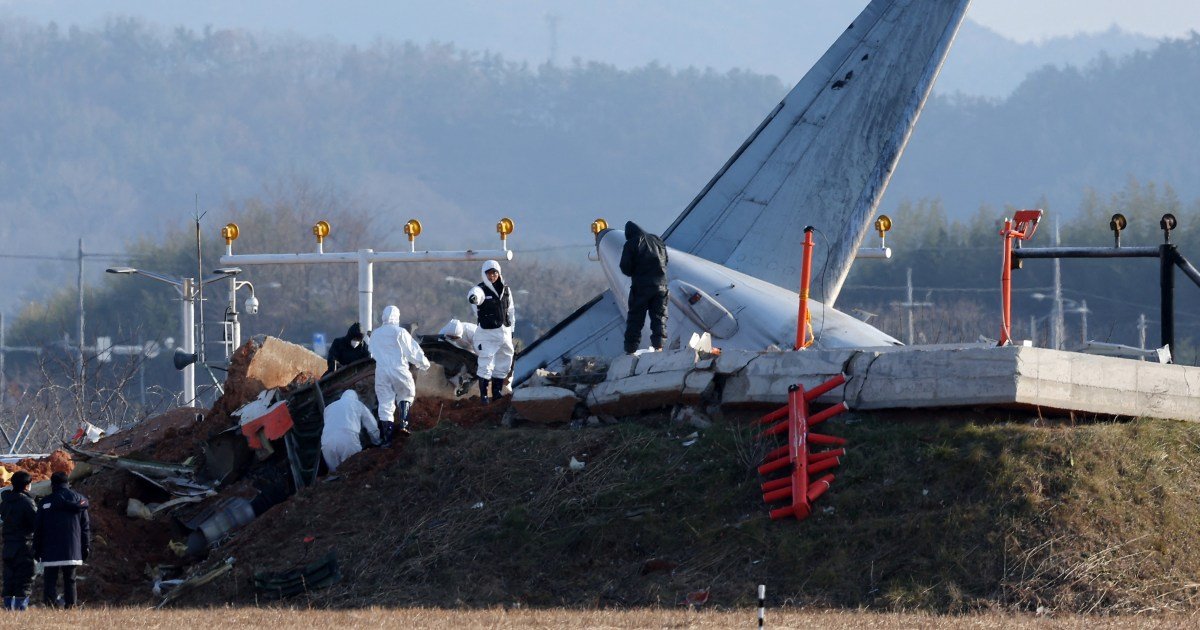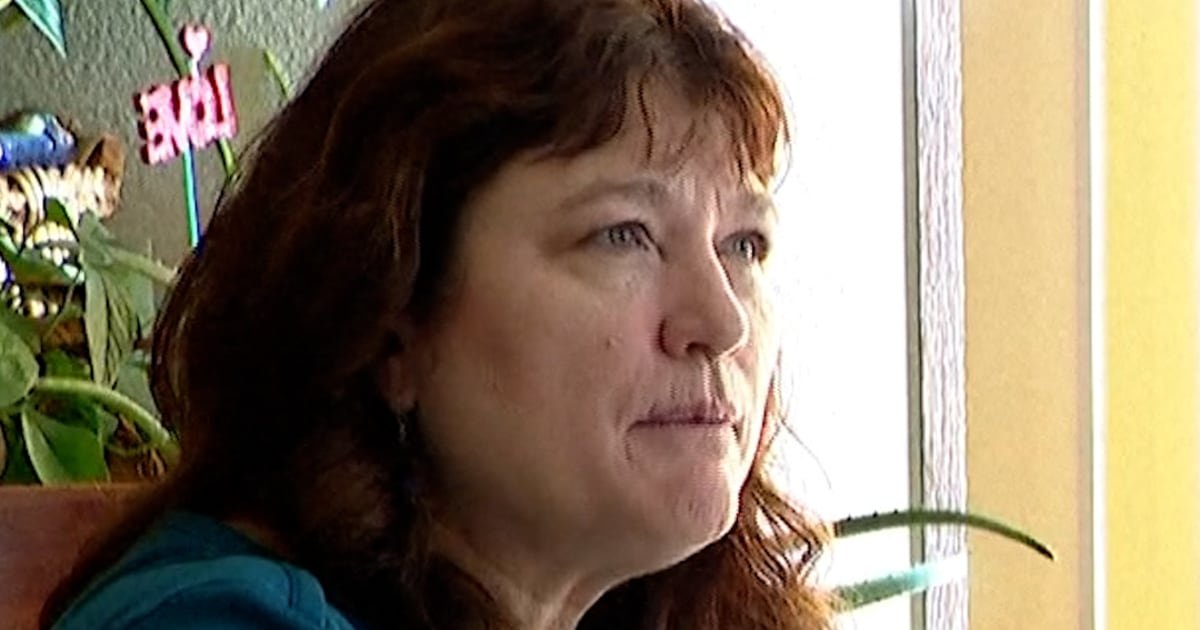The flight data and cockpit voice recorders of the Jeju Air plane that crashed on December 29 stopped recording about four minutes before the plane hit a concrete structure at Muan airport in South Korea. , the Ministry of Transportation said on Saturday.
Authorities investigating the disaster that killed 179 people, the worst on South Korean soil, plan to analyze what caused the “black boxes” to stop recording, the ministry said in a statement.
The voice recorder was initially analyzed in South Korea and, when data was found to be missing, it was sent to a U.S. National Transportation Safety Board laboratory, the ministry said.
The damaged flight data recorder was brought to the United States for analysis in cooperation with the US safety regulator, the ministry said.
Jeju Air plane 7C2216, which left Bangkok, the Thai capital, for Muan, in southwestern South Korea, landed upside down and skidded off the runway at the regional airport, exploding in flames after hitting an embankment.
The pilots told air traffic control that the plane had suffered a bird strike and declared an emergency about four minutes before it crashed into the embankment and exploded in flames. Two injured crew members, sitting in the tail section, were rescued.
Two minutes before the May Day emergency call, air traffic control warned of “bird activity.” Upon declaring the emergency, the pilots abandoned the landing attempt and began a frustration maneuver.
But instead of making a complete turn, the budget airline’s Boeing 737-800 plane made a sharp turn and approached the airport’s single runway from the opposite end, making a forced landing without the landing gear deployed.
Sim Jai-dong, a former accident investigator at the Ministry of Transport, said the discovery of the missing data from the crucial final minutes was surprising and suggests that all power, including backup power, may have been cut, which is rare.
The Transport Ministry said other available data would be used in the investigation and that it would ensure the investigation was transparent and that information was shared with victims’ families.
Some members of the victims’ families have said the Transport Ministry should not take the lead in the investigation but should involve independent experts, including those recommended by the families.
The investigation into the accident has also focused on the embankment, which was designed to prop up the “localizer” system used to help planes land, including why it was built with such a rigid material and so close to the end of the track.








